DKT Test (Pedestrians) #1
The following are examples of pedestrians who are impacted by alcohol:
Explanation:
Pedestrians who have consumed alcohol have a reduced perception of traffic.
If you're driving near kids who are playing or strolling near the road's edge, you should:
Explanation:
Children are less aware of the risks of the road and are more likely to run out in front of your vehicle.
Which of the following is the most important thing to do when driving by parked cars:
Explanation:
Other vehicles can obscure pedestrians and animals. They might not notice you and try to cross in front of your car. Also, avoid driving too close to parked automobiles because someone opening a car door could collide with your vehicle. Unless you're turning right or overtaking, you should stay in the left lane.
Pedestrians must be given priority:
Explanation:
Avoid colliding with a pedestrian at all costs.
If you don't want to hit a pedestrian, you must give them the right of way. When driving in low-light conditions, you should:
Explanation:
It can be difficult to notice pedestrians.
When the amber light starts 'flashing' after the red stop signal at a pedestrian crossing with traffic lights, it means:
Explanation:
There may still be pedestrians crossing, but if there is no risk of collision, you may proceed through the crossing.
A vehicle in front of you has come to a complete stop at a pedestrian crossing. You:
Explanation:
The car may cause pedestrians to be obscured. It is imperative that you do not pass it.
Which of the following assertions is the most accurate? Riders on bicycles:
Explanation:
Bicycles must follow the same traffic laws as other vehicles.
You approach a person who is crossing the street. You ought to:
Explanation:
Pedestrians have the right of way when crossing the street.
These signs on the road indicate
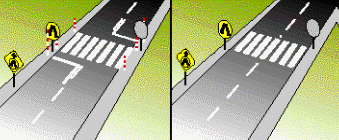
Explanation:
It is only permitted for pedestrians to cross in these places.
Which painted road sign alerts you that a pedestrian crossing is coming up?
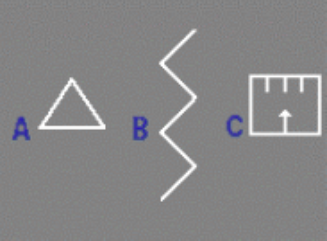
Explanation:
Even though you can't immediately see a pedestrian crossing, the zigzag lines let you know you are approaching one.
This individual is standing on a pedestrian crossing. If he enters your lane without signaling, you should:
Explanation:
If there is a possibility of colliding with the pedestrian, you must yield.
When no pedestrians are visible and you are approaching a marked pedestrian crossing, you should:
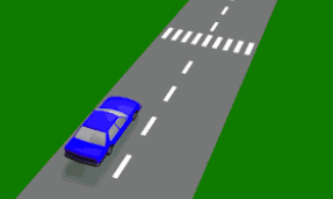
Explanation:
Be aware that other cars and signage may block pedestrians from your view, causing them to walk out in front of you. When stopping becomes necessary, cover the brake.
You are driving toward these individuals on the road. What should you do?
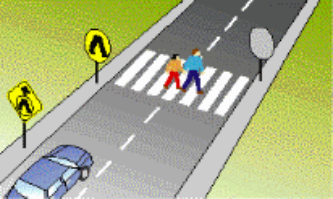
Explanation:
You must avoid hitting any pedestrians.
When driving in rainy conditions, you should:
Explanation:
Rain may make it harder for pedestrians to see the road, causing them to rush to cross. They might also have a harder time seeing your car.
You see the sight in the picture as you approach a crossing. You should:

Explanation:
Until the manager removes the sign, you must stay stopped.
When driving near pedestrian crossings, junctions, or school crossings, you should always
Explanation:
Watch out for pedestrians at all times, particularly children.
When the traffic lights at a pedestrian crossing become red, you should
Explanation:
As long as there is no risk of hitting a person, you can go after the green light turns on.
In case you run the risk of running over a pedestrian, give way. Driving in poor lighting conditions requires that you:
Explanation:
It can be difficult to notice pedestrians.
If you observe children near or on the road:
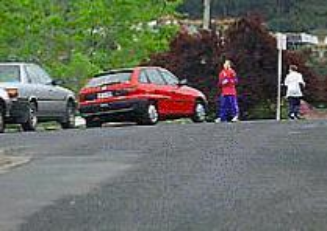
Explanation:
Due to their unpredictable nature, kids may try to cross the road when it is not safe to do so. Be ready to stop.